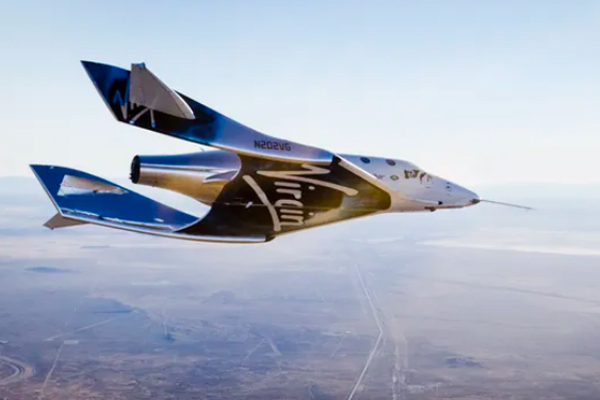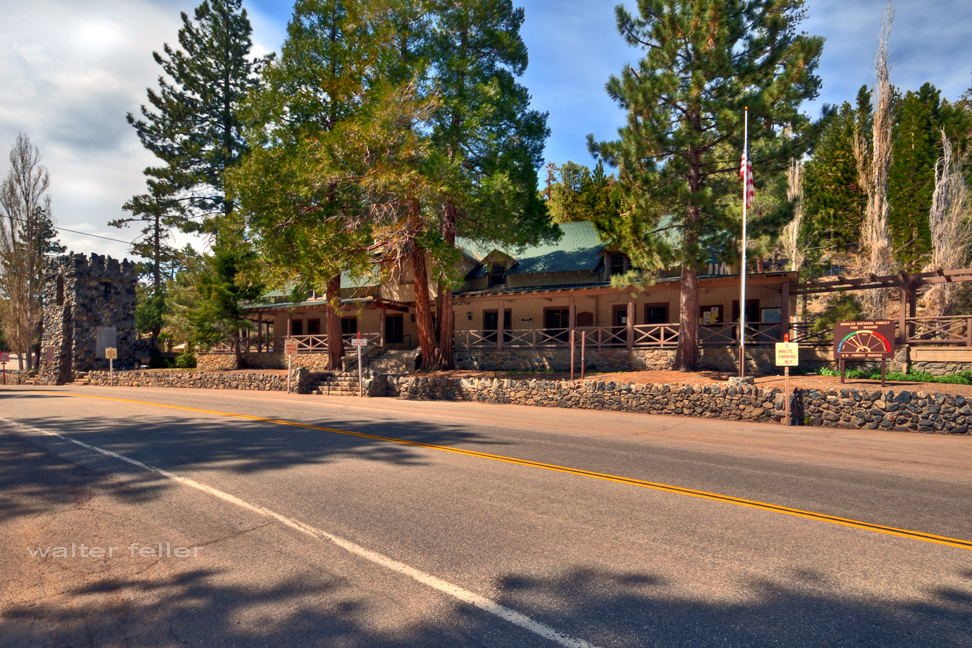/mojave-ca/space-port.html

The Mojave Air and Space Port, located in Mojave, California, is a unique and significant facility that plays a crucial role in the aerospace industry. Here’s an expanded look at what makes it a popular attraction and an important center for aerospace activities:
History and Significance
- Establishment: Originally established in 1935 as a small rural airfield, the Mojave Air and Space Port has become a major center for aerospace research and development.
- Spaceport License: In 2004, it became the first facility in the United States to be licensed as a spaceport, allowing it to conduct spaceflight activities.
Key Features and Attractions

- Aerospace Innovation and Companies:
- Scaled Composites: the first privately funded spacecraft to reach space, is known for developing innovative aircraft, including SpaceShipOne.
- Virgin Galactic: Developing commercial spaceflight services with its SpaceShipTwo spacecraft, aiming to offer suborbital space tourism.
- Masten Space Systems: Working on vertical takeoff, landing rockets, and lunar lander technology.
- Public Tours and Educational Opportunities:
- Guided Tours: The Mojave Air and Space Port offers guided tours that provide insights into the operations of various aerospace companies, the facility’s history, and ongoing projects.
- Visitor Center: This center features exhibits on the history of aviation and space exploration, including models and displays of historic and modern aircraft and spacecraft.
- Aircraft Storage and Boneyard:
- Aircraft Boneyard: The air and spaceport is home to a large aircraft boneyard where retired commercial and military aircraft are stored, maintained, or dismantled for parts. This is a fascinating area for aviation enthusiasts to see a variety of aircraft up close.
- Flight Testing and Demonstrations:
- Test Flights: The air and spaceport is a premier location for flight testing, with companies conducting regular test flights of new aircraft and spacecraft. Visitors can often witness these test flights, adding to the excitement of the visit.
- Air Shows and Events: Periodic air and aerospace events showcase cutting-edge technology and historic aircraft, allowing the public to engage with the aerospace community.
- Space Launches and Rocket Testing:
- Rocket Engines: Various companies conduct rocket engine testing at the facility, and on occasion, space launches are performed, offering a rare chance to see rocket technology in action.
- Experimental Spacecraft: The development and testing of experimental spacecraft, such as those by Virgin Galactic, offer a glimpse into the future of space travel.
- Mojave Transportation Museum Foundation:
- Historical Exhibits: Dedicated to preserving the rich history of transportation in the Mojave Desert, the museum features exhibits on aviation, railroads, and automotive history in the region.
- Educational Programs: The foundation offers educational programs and events to inspire the next generation of engineers, pilots, and aerospace professionals.
Unique Aspects
- Climate and Location: The Mojave Desert’s desert climate and wide-open spaces are ideal for aerospace testing and development.
- Innovation Hub: The air and space port fosters a culture of innovation, attracting various aerospace companies and startups pushing the boundaries of technology.
Visitor Information
- Accessibility: Located just off the main highways, the Mojave Air and Space Port is easily accessible for visitors traveling by car.
- Amenities: The facility offers amenities such as a visitor center, dining options, and ample parking.
Future Developments
- Expansion Plans: Ongoing expansion and development projects aim to enhance the air and space port’s capabilities, including new hangars, testing facilities, and infrastructure to support increased spaceflight activities.
- Commercial Space Travel: As companies like Virgin Galactic move closer to offering commercial space travel, the Mojave Air and Space Port will continue to play a pivotal role in making space tourism a reality.
The Mojave Air and Space Port is not only a hub of aerospace innovation but also a fascinating destination for anyone interested in aviation, space exploration, and cutting-edge technology. Its combination of historical significance, active testing and development, and public accessibility make it a unique and exciting place to visit.

